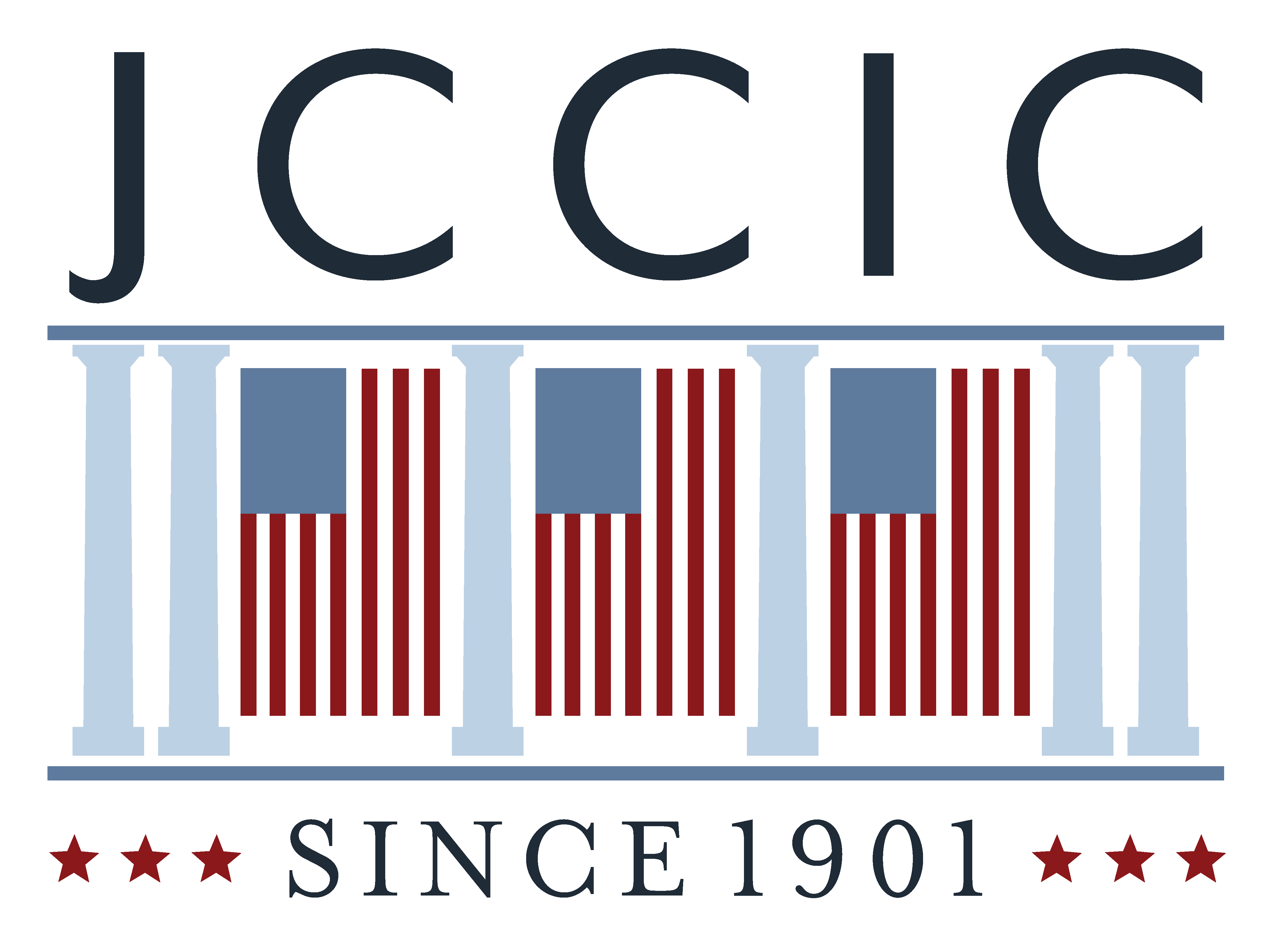PASS IN REVIEW
After the conclusion of the Inaugural Ceremonies and the Luncheon, the President and Vice President will make their way to the East Front steps of the Capitol where they will review the military troops before leading a procession of ceremonial military regiments, citizens’ groups, marching bands, and floats down Pennsylvania Avenue to the White House. The President, Vice President, their spouses, and special guests will then watch the parade as it passes in front of the Presidential Reviewing Stand. The Inaugural parade is a celebrated and much anticipated event for millions of Americans across the country.
The tradition of an Inaugural parade dates back to the very first Inauguration, when George Washington took the oath of office on April 30, 1789, in New York City. As he began his journey from Mount Vernon to New York City, local militias joined his procession as it passed through towns along the way. Once he arrived in New York City, members of the Continental Army, government officials, members of Congress and prominent citizens escorted Washington to Federal Hall for his swearing-in ceremony.
The early Inaugural parades primarily consisted of escorts for the President-elect to the Capitol. Thomas Jefferson’s first Inauguration, in 1801, was the first to take place in the new capital city of Washington. Only the north wing of the Capitol was completed at that time, and as Jefferson walked from his nearby boardinghouse to the Capitol, he was accompanied by a company of riflemen, friends, and “fellow citizens” from Alexandria, Virginia. After his second Inauguration in 1805, a procession formed at the navy yard made up of members of Congress and citizens—including navy yard mechanics—who then escorted President Jefferson from the Capitol to the White House, accompanied by military music performed by the Marine Band. The Marine Band has played at every Presidential Inauguration since.
The first organized parade occurred in 1809, at the Inauguration of James Madison. A troop of cavalry from Georgetown escorted him to the Capitol. After taking the oath of office, Madison sat in review of nine companies of militia. Future Inaugurations saw these military escorts grow more and more elaborate. William Henry Harrison’s parade in 1841 featured floats, and for the first time, military companies from outside the Washington, D.C., area accompanied the President-elect to the Capitol. Citizens clubs, political clubs, several military bands, and groups of college students also marched in the parade, setting precedents for future ceremonies.
In 1865, during Abraham Lincoln’s second Inauguration, African Americans marched in the parade for the first time. Four companies of African American troops, a lodge of African American Odd Fellows and African American Masons joined the procession to the Capitol, and then back to the White House after the Inaugural.
In 1873, President Grant started the tradition of reviewing the parade at the White House after the Inaugural ceremony, shifting the focus to the post-Inaugural procession, rather than the escort to the Capitol. In 1881, President James Garfield reviewed the parade from a specially built stand in front of the White House. Reviewing stands were also erected along Pennsylvania Avenue for visitors. In 1897, President McKinley reviewed the parade in a glass-enclosed stand to protect him from bad weather.

